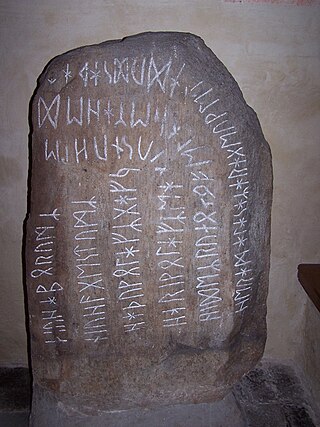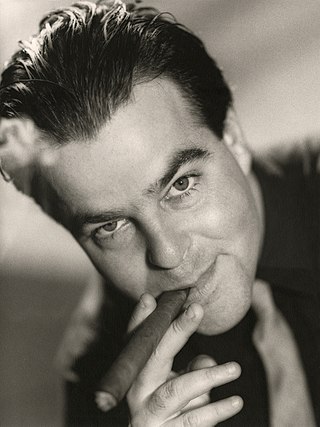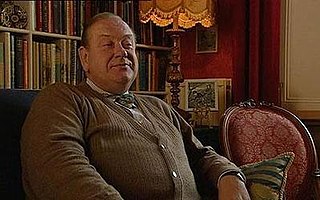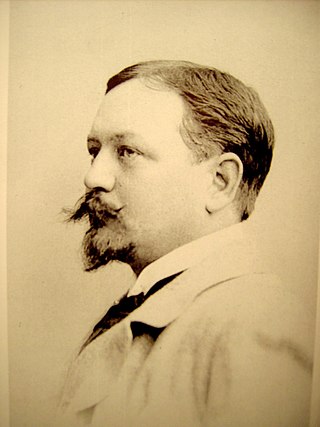
Woodworking is the skill of making items from wood, and includes cabinetry, furniture making, wood carving, joinery, carpentry, and woodturning.

Totem poles are monumental carvings found in western Canada and the northwestern United States. They are a type of Northwest Coast art, consisting of poles, posts or pillars, carved with symbols or figures. They are usually made from large trees, mostly western red cedar, by First Nations and Indigenous peoples of the Pacific Northwest Coast including northern Northwest Coast Haida, Tlingit, and Tsimshian communities in Southeast Alaska and British Columbia, Kwakwaka'wakw and Nuu-chah-nulth communities in southern British Columbia, and the Coast Salish communities in Washington and British Columbia.

Taunton is the county town of Somerset, England. It is a market town and has a minster church. Its population in 2011 was 64,621. Its thousand-year history includes a 10th-century monastic foundation, owned by the Bishops of Winchester, which was rebuilt as Taunton Castle by the Normans in the 12th century. Parts of the inner ward house were turned into the Museum of Somerset and Somerset Military Museum. For the Second Cornish uprising of 1497, Perkin Warbeck brought an army of 6,000; most surrendered to Henry VII on 4 October 1497. On 20 June 1685 in Taunton the Duke of Monmouth crowned himself King of England in a rebellion, defeated at the Battle of Sedgemoor. Judge Jeffreys led the Bloody Assizes in the Castle's Great Hall.

Wood carving is a form of woodworking by means of a cutting tool (knife) in one hand or a chisel by two hands or with one hand on a chisel and one hand on a mallet, resulting in a wooden figure or figurine, or in the sculptural ornamentation of a wooden object. The phrase may also refer to the finished product, from individual sculptures to hand-worked mouldings composing part of a tracery.

Cup and ring marks or cup marks are a form of prehistoric art found in the Atlantic seaboard of Europe (Ireland, Wales, Northern England, Scotland, France, Portugal, and Spain – and in Mediterranean Europe – Italy, Azerbaijan and Greece, as well as in Scandinavia and in Switzerland.

Blót or geblōt are religious ceremonies in Germanic paganism that centred on the killing and offering of an animal to a particular being, typically followed by the communal cooking and eating of its meat. Old Norse sources present it as a central ritual in Old Nordic religion that was intimately connected with many wider aspects of life. Large blót are often described as taking place in halls, organised by the rulers of the region who were expected to carry out the practice on behalf of the people. Blót were central to the legitimacy of rulers and Christian rulers refusing to hold them were at times replaced by more willing alternatives and driven out of the land. Smaller, household blót were sometimes recorded as being led by women. Beyond strengthening legitimacy for the ruling elites, the performance of blót was often in order to ensure the fertility of the land, a good harvest and peace, although they are also recorded as being performed for divination or to achieve desired results in legal matters.

Adam Parfrey was an American journalist, editor, and the publisher of Feral House books, whose work in all three capacities frequently centered on unusual, extreme, or "forbidden" areas of knowledge. A 2010 Seattle Weekly profile stated that "what Parfrey does is publish books that explore the marginal aspects of culture. And in many cases—at least back when his interests were almost exclusively transgressive—he sheds light on subjects that society prefers to leave unexplored, carving a niche catering to those of us with an unseemly obsession with life's darkest, most depraved sides."

Viking art, also known commonly as Norse art, is a term widely accepted for the art of Scandinavian Norsemen and Viking settlements further afield—particularly in the British Isles and Iceland—during the Viking Age of the 8th-11th centuries. Viking art has many design elements in common with Celtic, Germanic, the later Romanesque and Eastern European art, sharing many influences with each of these traditions.

The art of chainsaw carving is a fast-growing form of art that combines the modern technology of the chainsaw with the ancient art of woodcarving.

Arborglyphs, dendroglyphs, silvaglyphs, or modified cultural trees are carvings of shapes and symbols into the bark of living trees. Although most often referring to ancient cultural practices, the term also refers to modern tree-carving.

Jodi Wille is an American film director, curator, and book publisher known for her work exploring American subcultures.

Robin James Edwin Bush was the resident historian for the first nine series of Channel 4's archaeology series Time Team, appearing in 39 episodes between 1994 and 2003. He also presented eight episodes of Time Team Extra in 1998.

Founded in 1854 as the Lambeth School of Art, the City and Guilds of London Art School is a small specialist art college located in central London, England. Originally founded as a government art school, it is now an independent, not-for-profit charity, and is one of the country's longest established art schools. It offers courses ranging from art and design Foundation, through to BA (Hons) undergraduate degrees and MA postgraduate courses in fine art, carving, conservation, and art histories. In addition, it offers the only undergraduate and postgraduate degrees in Britain in stone and wood carving: architectural stone and woodcarving and gilding.

Ulf Ludvig Sundqvist was a Finnish politician who served as chairman of the Social Democratic Party of Finland, a minister in four cabinets in the 1970s and a banker in the 1980s.

Steam bending is a woodworking technique where wood is exposed to steam to make it pliable. Heat and moisture from steam can soften wood fibres enough so they can be bent and stretched, and when cooled down they will hold their new shape.

Oskar Sundqvist is a Swedish professional ice hockey centre for the St. Louis Blues of the National Hockey League (NHL).

Jennie Alexander was an American author.
The artistic heritage of Taiwan is extremely diverse with multiple major influences and periods. Traditionally most arts were practiced for religious or ceremonial purposes. Art was first formalized under the Japanese but did not flourish until the democratic period. Art collecting has a long history in Taiwan and today Taiwan is one of the world's most significant art markets.

Friedrich Gustav August Julius Philipp Rudolf von Wille, known as Fritz, was a German landscape painter and art professor; associated with the Düsseldorf School.


















